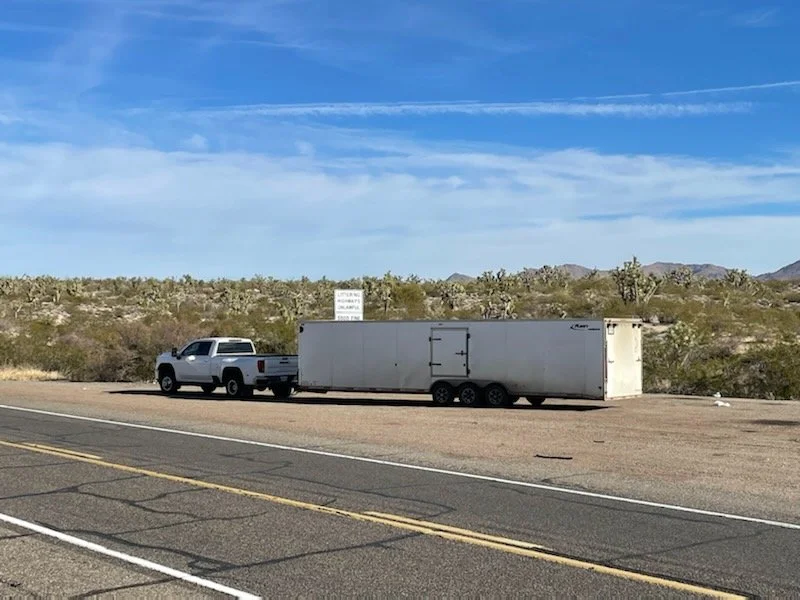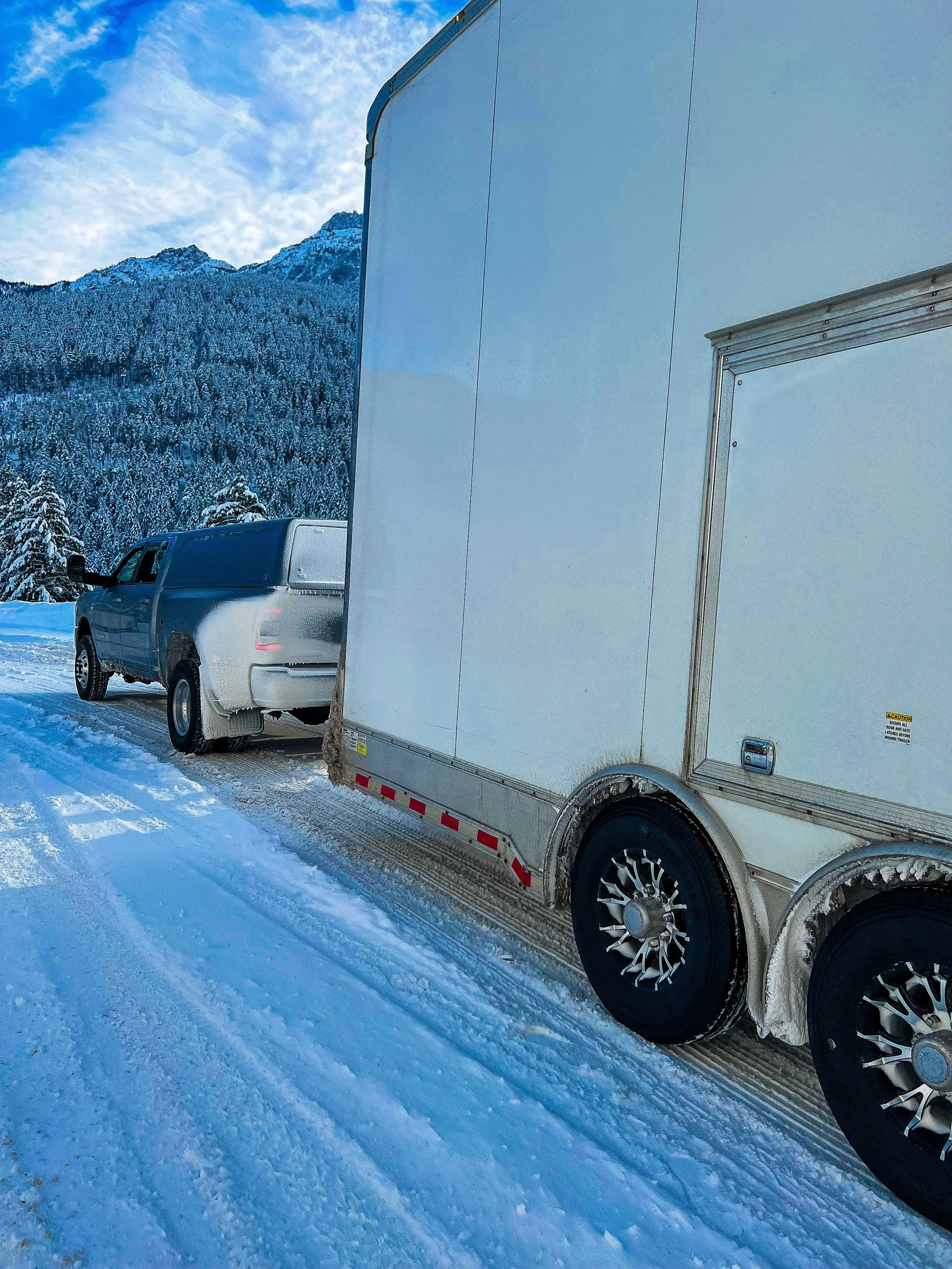COVID-19 - CANADA/USA BORDER ANNOUNCEMENTS - updated regularly
Next U.S. announcement expected September 20, 2021
September 16, 2021 - Destination: CANADA - Travel Advisory
The temporary border restriction implemented on March 21, 2020 continues.
Foreign nationals coming from the U.S. (including connections, so long as you enter Canada from the U.S.)
Foreigners with symptoms
If you’re a foreign national and you have symptoms consistent with COVID-19, you will not be able to enter Canada.
Foreigners without symptoms
You must have a suitable place and plan to quarantine. This is mandatory, unless your reason for entry is considered quarantine exempt. If you do not have a plan, you may be denied entry into Canada.
Unless you are exempt, you will need to follow the testing requirements: COVID-19 testing for travellers
No entry for optional reasons
A foreign national will be denied entry into Canada for discretionary (optional) reasons such as:
•leisure, tourism, visiting friends
•social gatherings, weddings
•being a property owner in Canada
August 30, 2021 - Destination: U.S.A. - Travel Advisory
Canada Travel Advisory - Level 3: Reconsider Travel
The Centers for Disease Control and Prevention (CDC) has issued a Level 3 Travel Health Notice due to COVID-19, indicating a high level of COVID-19 in the country. Your risk of contracting COVID-19 and developing severe symptoms may be lower if you are fully vaccinated with an FDA authorized vaccine. Before planning any international travel, please review the CDC's specific recommendations for vaccinated and unvaccinated travelers. Visit the Embassy's COVID-19 page for more information on COVID-19 in Canada.
Last Update: Reissued with updates to COVID-19 information.
January 26, 2021 - U.S. Entry Requirements
COVID-19 Testing Required for U.S. Entry
Effective January 26, the Centers of Disease Control and Prevention (CDC) requires all air passengers entering the United States (including U.S. citizens and Legal Permanent Residents) to present a negative COVID-19 test, taken within three calendar days of departure or proof of recovery from the virus within the last 90 days. Airlines must confirm the negative test result or proof of recovery for all passengers two years of age and over prior to boarding. Airlines must deny boarding of passengers who do not provide documentation of a negative test or recovery.
Please see CDC’s FAQ for answers to questions about the new requirement for proof of negative COVID-19 test or recovery from COVID-19 for all air passengers arriving in the United States.
March 20, 2020 - Joint Statement on US-Canada Joint Initiative
Temporary Restriction of Travelers Crossing the US-Canada Land Border for Non-Essential Purposes
The US-Canada land border serves as an economic engine that supports over $1.7 billion (USD) dollars in daily cross-border trade. As a result of the COVID-19 pandemic, the United States and Canada are temporarily restricting all non-essential travel across its borders. In each of our countries, we are encouraging people to exercise caution by avoiding unnecessary contact with others. This collaborative and reciprocal measure is an extension of that prudent approach.
“Non-essential” travel includes travel that is considered tourism or recreational in nature.
The United States and Canada recognize it is critical we preserve supply chains between both countries. These supply chains ensure that food, fuel, and life-saving medicines reach people on both sides of the border. Supply chains, including trucking, will not be impacted by this new measure. Americans and Canadians also cross the land border every day to do essential work or for other urgent or essential reasons, and that travel will not be impacted.
This decision will be implemented on March 21, 2020, at which time the US and Canada will temporarily restrict all non-essential travel across the US-Canada land border. The measure will be in place for 30 days, at which point it will be reviewed by both parties.











